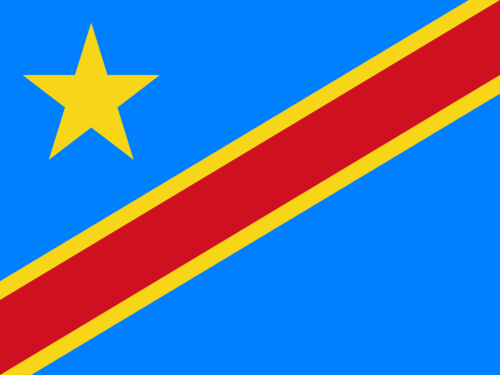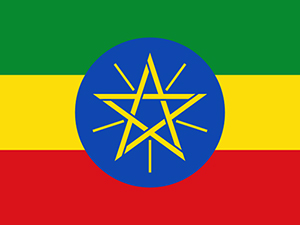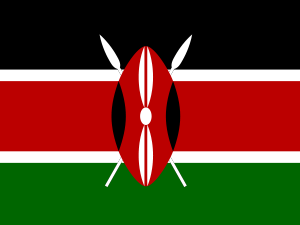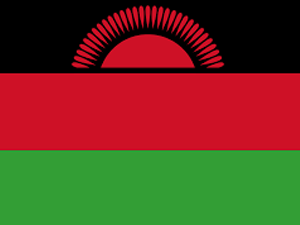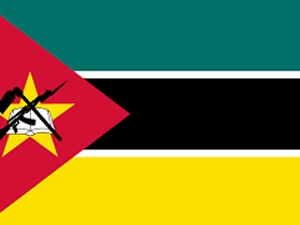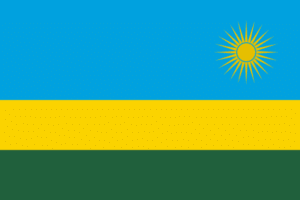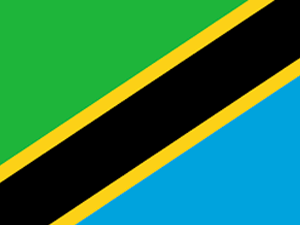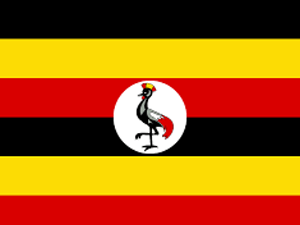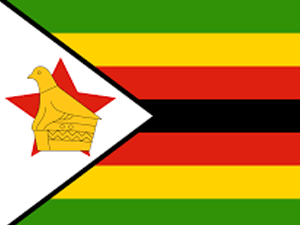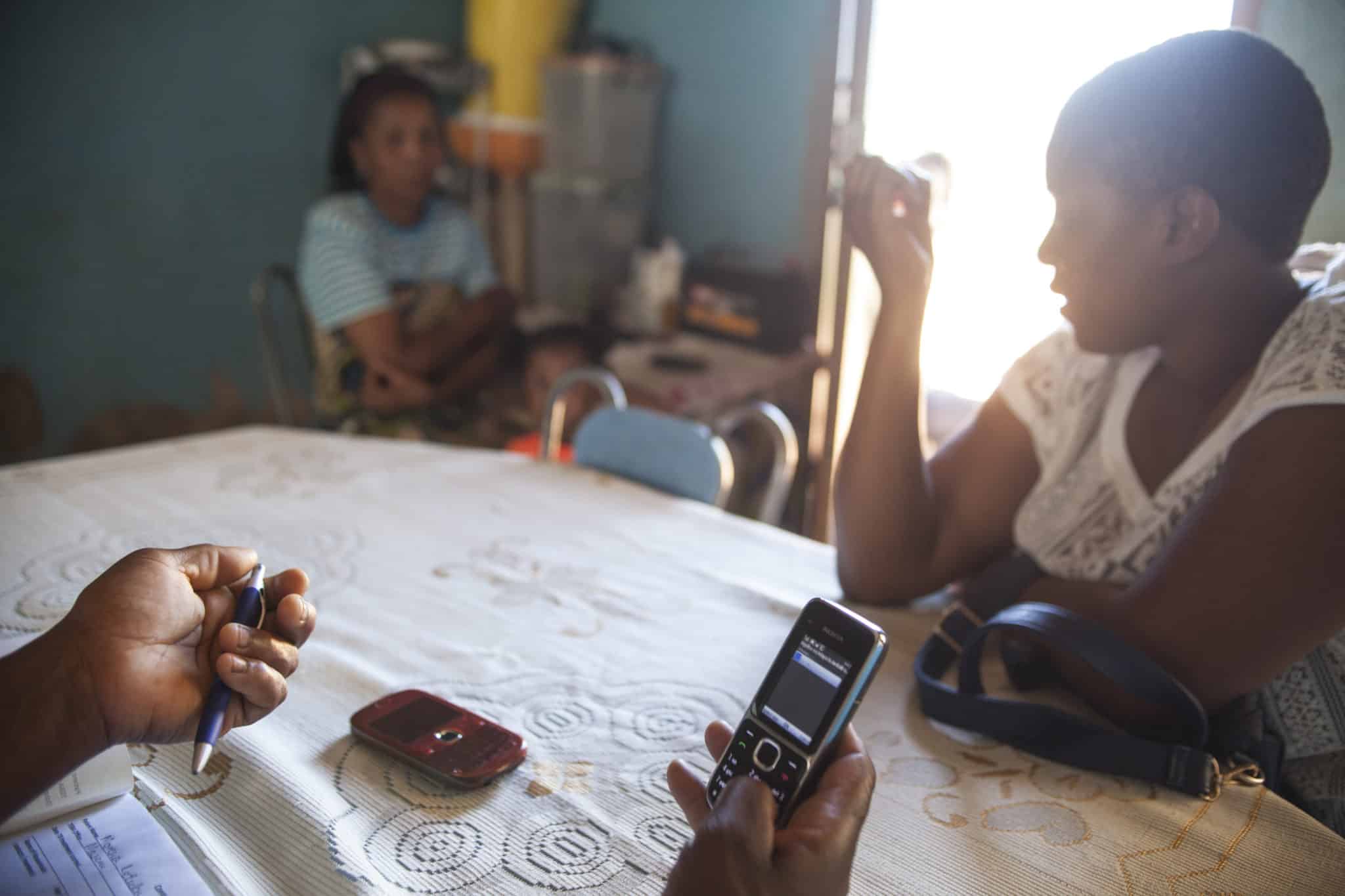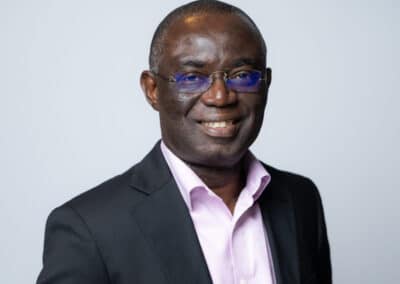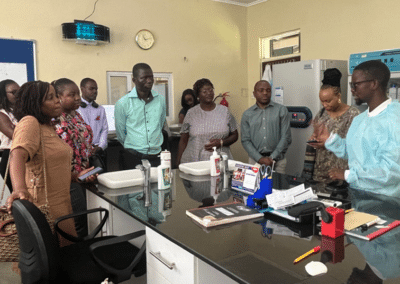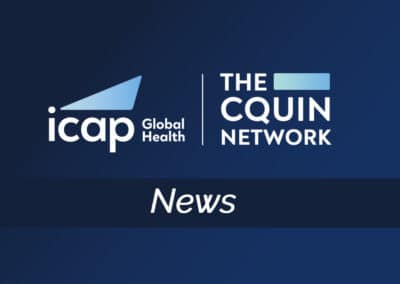The Director of STI and HIV/AIDS Programs at the Mozambique Ministry of Health (pictured below) discusses the big questions surrounding differentiated service delivery (DSD) and how the CQUIN learning network is providing answers.
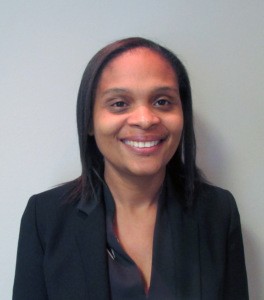
How does your work relate to DSD?
Differentiated service delivery is a model that will help remedy the overload we’re seeing in our health facilities. Patients everywhere are feeling the effects of an overburdened health system. In pharmacies, for example, patients often complain of long queues for medication. I think it’s important we work to solve the issue of overload at both the clinic and the pharmacy, as well as in labs. Many changes happen quickly with HIV, and care is more integrated now. One example is task shifting – clinicians are not just looking for HIV, they’re looking for TB, malaria, and other diseases, so I think there’s a need to make things as streamlined and easy as possible for health providers. This is one of my primary responsibilities: working on ways to integrate care.
HIV is now a chronic disease, so we need to think about how HIV relates to other chronic diseases. Everything must be integrated, and those are important discussions we need to have. I mentioned the fast pace of HIV care and treatment, one thing that’s key to making care better is to not come out with so many models at the same time. That can cause a lot of confusion. We need to think these things through and narrow models down to what really works so we can get results and increase access.
Why is DSD important in Mozambique?
We have poor systems in our country, so improving them is crucial to improving the health of our people. Strong systems require human resources, infrastructure, lab systems, and other resources. Differentiated service delivery can help improve our systems.
What do you hope to see with regards to DSD in the next few years?
I want DSD to be well-covered in all health facilities, and I want to see that people—health care providers and patients—can understand what we’re doing. As I mentioned, we come up with new models and treatment programs very quickly, but when people start to understand what you want, and why you’re doing something, they demand it. We have to be innovative, but also need to consider what has to happen on the ground to take innovations to scale.
We want to see things that can be implemented at our health facilities with time, so people can really get a grasp on what it is we’re doing. We want to be sure people are covered, and that tools are created to help providers understand why we’re implementing DSD. Many people say that health providers are reluctant to try new things, but the truth is that they may not understand it very well. You have to properly prepare people to implement something new.
We need to narrow models down to what really works so we can get results and increase access.”
What are some of your unanswered questions about DSD?
I want to know how it works. Does it work well? How sustainable is it? Most health programs are partner initiatives, and require financing. We’re still relying on partners to pay for initiatives in our countries – so sustainability is a big question. How sustainable is DSD really? Also, what is the cost-effectiveness? We know a lot about cost-benefit, but not enough about cost-effectiveness.
What are some challenges you’ve faced in this work?
We saw great results come out of our pilot community adherence support groups. Now that it’s a national strategy, we’re not seeing what we expected; only 10 percent of our patients are in community support groups. People say it’s because we’re coming with new models of care, like three-month drug distributions. The problem isn’t having different models; it’s about providing quality services and allowing the patients to choose what they want. I think we need to understand the provider concerns and those of the patients to balance things out. We have to train our providers to implement programs.
How do you see the CQUIN network helping you and your colleagues to scale up DSD in Mozambique?
It’s very important to see what Zimbabwe, Zambia, Kenya, and others are doing. We saw great examples from Swaziland with the inclusion of nurses in community care and extended hours. This network is coming at the right moment because we’re discussing how to orient and guide providers on DSD models. Shared learning is important.
This interview is part of the series: Perspectives on Differentiated Service Delivery, exploring expert views and insights into the importance of differentiated service delivery in sub-Saharan Africa, and the unique challenges they face in advancing services for people living with HIV. For more updates on this series, and other network activities, sign up for our monthly newsletter.
